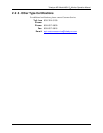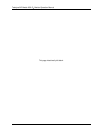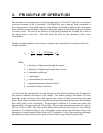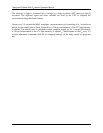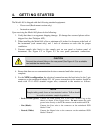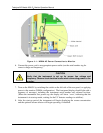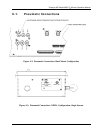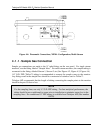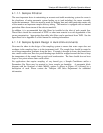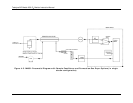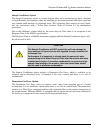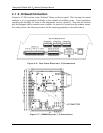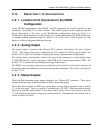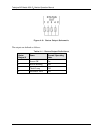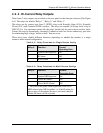
Teledyne API Model 465L O
3
Monitor Operation Manual
05509F DCN6409 25
4.1.1.1. Sample Filtration
The most important factor in maintaining an accurate and stable monitoring system for ozone is
the cleanliness of entire pneumatic system leading up to (and including) the sensor assembly
inside the instrument. Provision must be made for keeping dust and other particulate matter out
of the monitor and upstream sample delivery tubing. The monitor is equipped with an internal
particulate filter down-stream of the selector manifold.
In addition, it is recommended that inlet filters be installed at the inlet of each sample line.
These filters should be constructed of PTFE or other inert material to avoid degradation of the
ozone concentration. Appropriate disposable inlet filters can be purchased from TAPI. See the
Spare Parts list in Appendix A of this manual for ordering information.
4.1.1.2. Sample System Design in Humid Environments
Care must be taken in the design of the sampling system to ensure that water vapor does not
condense in the sampling lines or in the instrument itself. The sample lines should be routed to
avoid large temperature gradients along the lines. If sample is brought in from a hot, humid area
into a much cooler area, then low power heating tape should be wrapped around the lines to keep
the temperature of the sample lines up and avoid condensation. The lines should also not have
loops or low points where water could collect.
For applications that require sampling of very humid gas, a Sample Conditioner and/or a
Permeation Gas Dryer may be required to lower sample gas humidity. A pneumatic block
diagram with the locations of these M465L options is shown in Figure 4-5, followed by a
description of each. Please contact the Teledyne API Sales Department for additional
information.



